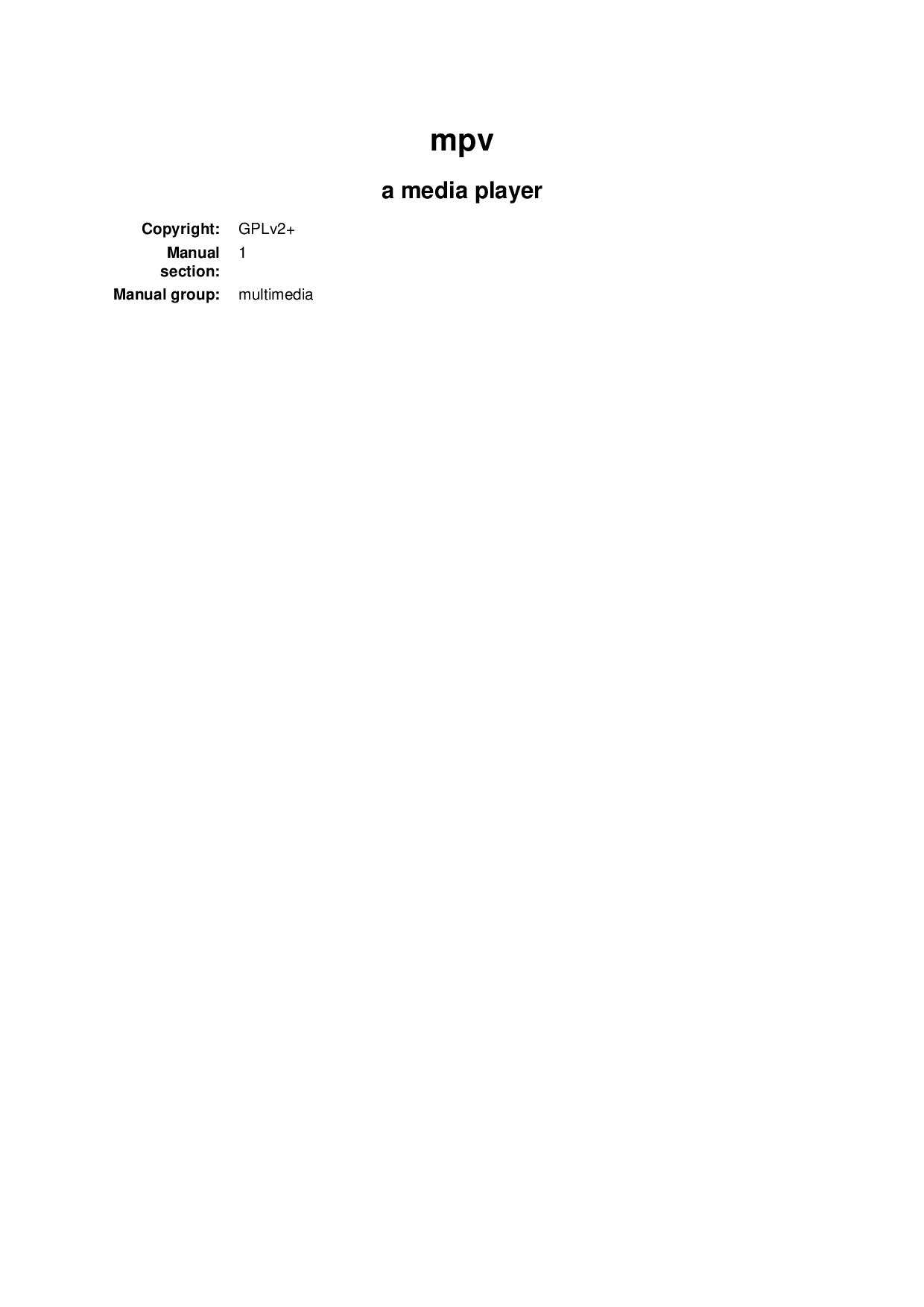

If your visualization setup only has 1 view the active tab, then you’ll be 8.3 The Save Screenshot Options dialog, which is used to customize saving screenshots in paraview. This dialog allows you to select various parameters that controls whatįig. When selected, a file dialog will appear where you can select the file pathĪnd format to which the screenshot should be saved. To save the render image from a view in paraview, Standard image formats (PNG, JPEG, TIFF, BMP, PPM).Ĭertain views also support exportings the results in several formats such as SpreadSheet View ) support saving images (or screenshots) in one of the Views that render results (this includes almost all of the views, except You want to use in your Python script, when tracing, to avoid runtime issues. Make sure you use a similar type of dataset and the same file format as Paraview and to use the generated sample script as a The best way is to use the Python tracing capabilities in Selected for writing, similar to what it does in paraview.Īdmittedly, it can be tricky to figure out what options are available for the Pvpython will pick a writer based on the file extension and the dataset type

# To pass parameters to configure the writer > SaveData ( "sample.csv", source, Precision = 2, FieldAssociation = 'Cells' )

If none is specified the active source is used. > SaveData ( "sample.csv", source ) # the second argument is optional, and refers to the pipeline module # to write the data from. # Saving the data using the default properties for # the used writer, if any. In pvpython too, you can save the datasets as follows: 8.2 Configure Writer dialog in paraview shown when saving a dataset as a csv file.

The attributes to write in the output file.įig. The properties shown in this dialog depend on the selected fileįormat and range from enabling you to Write All Time Steps, to selecting This dialog allows you to further customize the On accepting a filename and file format to use, paraview may show The available list of file formats depends on the type of the dataset you are Will allow you to select the filename and the file format. You can also use the keyboard shortcut CTRL + S (or ⌘ + S). To save the dataset, use the File > Save Data For modules with multiple output ports, select the output port To save the dataset in paraview, beginīy selecting the pipeline module in the Pipeline browser to make it theĪctive source. You can save the dataset produced by any pipeline module in ParaView, including The scene representations that will be imported into other rendering applications, and Only include the images and the rendering results, but also include the datasets generated by filters, Results generated throughout the visualization process not In this chapter, we will introduce various ways of saving visualization results


 0 kommentar(er)
0 kommentar(er)
